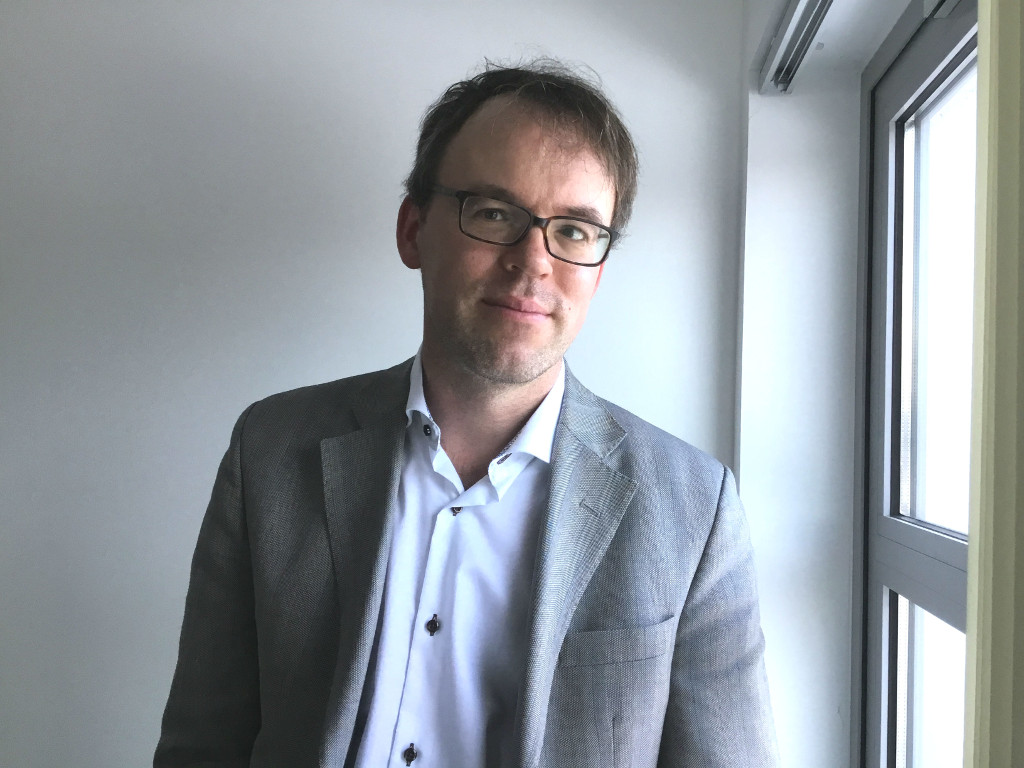The changing face of serious organised crime, its impact in communities and the potential for local services to prevent exploitation, have been highlighted in new research involving the University of Stirling.
An 18-month study, which looked at serious organised crime (SOC) with deep roots in specific areas, as well as more mobile forms of SOC, found that the harmful consequences of the illicit drugs market is the primary area of concern.
The research was led by Stirling’s Dr Niall Hamilton-Smith and Dr Alistair Fraser of the University of Glasgow - both associate directors of the Scottish Centre for Crime and Justice Research (SCCJR) - with input from the Universities of Abertay and West of Scotland and the Scottish Community Development Centre.
It identifies good practice and makes a series of recommendations to enhance Scotland’s collective response to SOC, including:
- Strengthening links between local services, particularly housing and social work, to help prevent exploitation of vulnerable residents
- Recognising that “the best asset in responding to organised crime is the community itself”, to develop community resources and local policing models to support community intelligence-gathering, and increased trust in police and other key service providers
- Considering legislation offering greater powers to respond to exploitation, possibly through a new criminal offence of ‘coercive control’ similar to that for domestic abuse.
- Challenging the myths around SOC and communicating the real-world consequences of being drawn into organised crime
Dr Niall Hamilton-Smith, Senior Lecturer in the Faculty of Social Sciences, said tackling serious organised crime could no longer be seen as principally a policing issue.

Dr Niall Hamilton-Smith.
“We need a stronger set of partnerships across policing, community groups and service providers in order to better identify and address vulnerability and exploitation linked to organised crime,” he said.
“As well as developing new resources within these communities we also need to change the narrative around how we view organised crime.
“We heard from a range of people who saw the logic for participating in these crime groups as being ‘flash cars’, ready cash and local prestige, when in reality very few individuals attained any material success without detriment.
“If we are to address the real damage that is being done we need a counter-narrative that illustrates the difference between the myth and the reality of being involved in these groups.”
Dr Alistair Fraser added: “For the first time, we have been able to hear from people living in communities across Scotland where organised crime is part of everyday life. The study shows that while organised crime might be thought of as glamorous, it is rooted in deep and enduring forms of harm and exploitation at community level.
“While the study showed that these impacts are most extreme in communities where there is entrenched vulnerability from long-term deprivation, they exist throughout society. Our fieldwork also suggested that one of the best assets in responding to organised crime is the community itself and we need to find ways to harness this potential.”
Background information
Media enquiries to Rosemary Free, Communications Officer, on 01786 466 169 or rosemary.free@stir.ac.uk

